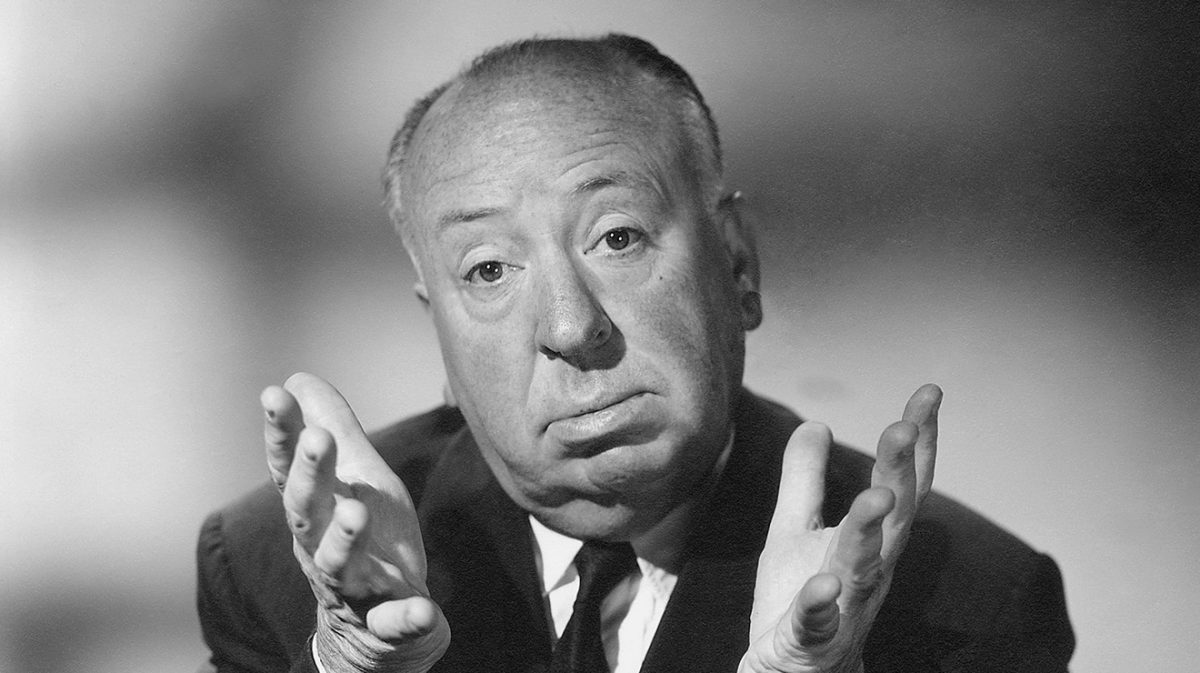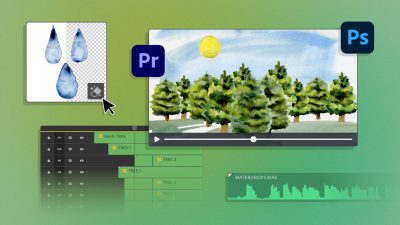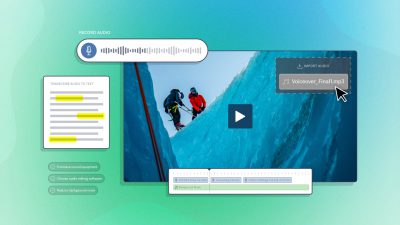When it comes to getting the right feel for your videos, anticipating your audience’s emotions is key. For lessons on how to do it right, who better to look to than one of the greatest filmmakers of all time, and arguably the master of visual narrative, Alfred Hitchcock?
In a fifty-year film career, Hitchcock pioneered a number of visual effects that profoundly influenced filmmaking. Often called “the Master of Suspense,” he had a signature style of storytelling, characterized by unique camera angles and movements that engaged the emotions of the audience.
For example, one of the most famous of these was the “vertigo effect,” invented for the 1958 film of the same name. It’s achieved by simultaneously zooming in and pulling the camera away from the subject. Below, we take a look at a few more of Hitchcock’s iconic shots, including what makes them interesting and how they might work in your videos.
1. The High-Angle Shot
One of Hitchcock’s most famous shots is the high-angle. For example, Hitchcock often placed cameras up high to get shots from the top of a staircase (as shown). He also used the rafters of a large room, or balconies.
The high-angle shot creates a sense of drama in a number of ways in Hitchcock films. It gives a full overview of a scene; provides a momentary objective view of a dialogue or an argument; shows a character as entrapped in a space or alone in a space; and reveals to viewers a danger that the main character can’t yet see.
In your videos, the high-angle can accomplish something similar by providing a scene-establishing shot of the place where the action is happening. It can also be used to show action “in the heat of the moment” from a high viewpoint. This would work particularly well for design processes, organizational problem-solving, or any other scene with lots of activity and visual appeal.

Image credit: Shadow of a Doubt, 1943
2. The Extreme Close-Up
Hitchcock used the extreme close-up shot to communicate a visceral sense of a subject’s emotional state, with a certain intimacy that’s always slightly uncomfortable — for example, in the famous shower scene from Psycho (above).
For your videos, close-ups can work to integrate emotion (though of a different kind, we hope) into standard interviews or monologues by video subjects. Alternating close-ups of a speaker’s hands, eyes or mouth, for example, can make the viewer feel closer to the speaker — literally and figuratively — while communicating the speaker’s underlying emotion about what he or she is saying. This would work well in videos that engage elements of passion, inspiration, or motivation.

Image Credit: Psycho, 1960
3. The Circular Shot
Hitchcock is also known for his use of a circular shot that literally pans around the bodies of the actors. He often used this to feature leading ladies or actors involved in a romantic moment. This type of shot creates a particular kind of relationship with the characters. It usually feels very personal and revealing.
The circular shot is a powerful one. It would be an effective way to showcase a beautiful product, or to reveal the mastery of creatives, company leaders, or presenters at work. This shot is best used to express key climactic moments of a video’s narrative — it’s not to be taken lightly!

Image credit: Notorious, 1946. Wikipedia.org
4. Reflection Shot
Made famous by Strangers on a Train (1951), the reflection shot is one that is trademark Hitchcock. This shot uses a reflection – in glass, a mirror, and water — to show the story through a different lens. For Hitchcock, this was a way to “show without showing,” – diverting ever so slightly from the horror at hand to give a momentarily distanced view.
For your videos, you can try using a reflective shot to give a similarly voyeuristic or distanced view of conversations, meetings, interactions with clients, etc. This type of shot serves to displace the viewer from the action.
Since it puts them in a more analytical, outsider position, it can also be used to break tension in an emotional moment. For example, a great use would be as an alternating shot during an interview.

Image credit: Strangers on a Train, 1951
This has been, of course, only a small window into the fascinating world of Hitchcock’s cinematography. We’d love to get your input if you’re as much of a fan of Hitchcock as we are.
If you have a visual moment from Hitchcock you want to add to our list, share away! Please leave it in the comments below or tweet to us.












